The Apex Legends Global Series is returning this weekend after a brief hiatus following the conclusion of Split One and the Split One Playoffs. Some significant changes are in store for the Pro League, while other things remain the same.
Whether you’re new to the ALGS and trying to figure out how all these things fit together or are a seasoned veteran looking to find some extra information on the next split, this preview has you covered. Here’s everything you need to know about the Pro League, the points system it uses, what map Split Two takes place on, and how to watch the ALGS.
Pro League format
The top 40 teams in each region qualify for the Pro League, the top level of ALGS in its second year of competition. The ALGS regular season is split into two parts, Split One and Split Two. Split One ended in December and the top-ranked teams from each region competed for big prize money in the Split One Playoffs, which happened in January. Those 40 teams are split into four groups of 10. Every matchday, two groups form a 20-team lobby and play out six games of Apex. Each split consists of six matchdays, so each group is paired together two times a split.
At the end of these six matchdays, the top teams in each region qualify for the Split Two Playoffs. Originally, the playoffs for Split One were supposed to be an international LAN event, with 10 teams from North America, 10 teams from Europe/Middle East/Africa, 10 teams from the Asia-Pacific North region, and then five teams from Asia-Pacific South and five teams from South America qualifying. COVID-19 concerns, however, led ALGS organizers to cancel the LAN playoffs. Instead, the top 20 teams from each region qualified for online regional playoff tournaments. It’s unclear as of yet if the Split Two Playoffs will be played on LAN or if the playoffs will be online once again. In either case, the points teams gain from Pro League play go toward qualifying them for these playoffs.
Pro League points system
In a single game of Apex played under ALGS rules, teams are awarded matchday points for kills and their overall placement in the game. A team receives one point per kill in a game. Placement points are awarded in descending order as follows: first place receives 12 points, second place receives nine points, third place receives seven points, fourth place receives five points, fifth place receives four points, sixth and seventh place receives three points, eighth through 10th place receive two points, 11th through 15th place receive one point, and the remaining five teams receive no points for placement. These matchday points are added up to determine teams’ placement for that specific matchday.
At the end of each matchday, teams receive points for Pro League standings according to another descending scale, based on where they placed overall in the matchday. In Split One, this scale was the same as the single-game placement points. Split Two changes things, however, with the first-place finisher receiving 25 series points, second place receiving 21, and so on and so forth. The full points breakdown can be found in the ALGS ruleset.
Still confused? Try out this example: If TSM were to finish first in their lobby with 63 points after a matchday, they receive 25 series points for the Pro League. If Cloud9 are in a different lobby than TSM and also achieve 63 points but come in second place in their lobby, they receive 21 series points. While the matchday points only matter for a team’s placement on that matchday, the Pro League points teams are awarded for their matchday placement accumulate over the split. After adding up all the series points teams earned in a split, these points are used to determine which teams qualify for the playoffs.
Promotion and relegation
At the end of each split, the bottom-eight teams in the Pro League are placed into a qualification tournament with the top-qualifying teams from the ALGS second division, the Challenger Circuit. After the first split, a qualification tournament was held to determine what teams would be joining the Pro League and what teams would be dropped down to the Challenger Circuit.
Some Pro League teams that had to play in the qualification tournament managed to retain their Pro League spots, while several new teams joined the Pro League for Split Two. Other teams weren’t so lucky and dropped out of the Pro League. At the end of Split Two, the bottom eight teams from Split Two’s Pro League will once again be entered into a qualification tournament with the best teams from the Challenger Circuit. The top teams from this qualification tournament win entry into the Last Chance Qualifier tournaments, where teams will try to qualify for the ALGS Year Two Championship.
The translation of all this? Teams want to stay in the Pro League, and even if it looks like a team isn’t going to qualify for the Split Two Playoffs, those squads are still fighting to remain safe from the bottom eight spots in the Pro League, thus avoiding needing to play in a qualification tournament.
Storm Point’s introduction
For the first time in ALGS Year Two, competition won’t be held on World’s Edge. Split Two will take place on Storm Point, the newest map in Apex. The large map features AI wildlife, dramatic height disparities, and more open spaces than World’s Edge, where cover is plentiful. Generally speaking, this should lead to more teamfights taking place in earlier rounds than ever before since good spots to play from in the final zones are harder to come by.
Teams to watch
The previous champions, obviously, are the top squads to watch. TSM in North America and NEW Esports in EMEA took home the Split One Playoffs victory in their respective regions and are as good a place as any to start following the pro scene if you’re looking for a team to root for.
The new map and several teams’ roster changes will switch things up in both regions, however. Storm Point places an emphasis on teams that take teamfights well since squads will be fighting earlier and more often, as opposed to many teams rotating into the last couple circles before nearly all of them converge in a ball of chaos. In North America, C9 and G2 stand out as teams that might benefit the most from the new map and a meta that places fighting ability above early rotations. In EMEA, usual suspects such as Gambit and Alliance have proven longevity and results that suggest they will be near the top once again in Split Two.
If you’re looking for teams outside of those two big regions, APAC North’s Split One champions, LFT (formerly Riddle Order), are a newly-released free agent team with massive individual skill. APAC South boasts one of the best controller players in the game, Genburten, and his squad Reignite.
How to watch
The ALGS Pro League is broadcast live on both the PlayApex Twitch channel and the Apex Legends Global Series YouTube channel. During the Split One Playoffs, watching on the official Twitch channel gave viewers the option of using Multiview, which allowed split-screen viewing within Twitch, with options of watching the official broadcast, the POV of any participating team of the viewers’ choosing, and a view that displayed the map and future zones for every match. The Multiview feature should be back for Split Two.
Players are also allowed to stream themselves playing in the tournament but must do so with a 10-minute delay to maintain competitive integrity. Players are under no obligation to stream themselves in the tournament, so checking your favorite player’s stream is the best way to find out if they’re broadcasting their individual POV.
Important dates
Feb. 26: ALGS Split Two begins
March 28: Final matchday of Split Two
The dates and times for the ALGS Split Two Playoffs and qualification tournament for the Year Two Championship Last Chance Qualifiers are still to be determined.


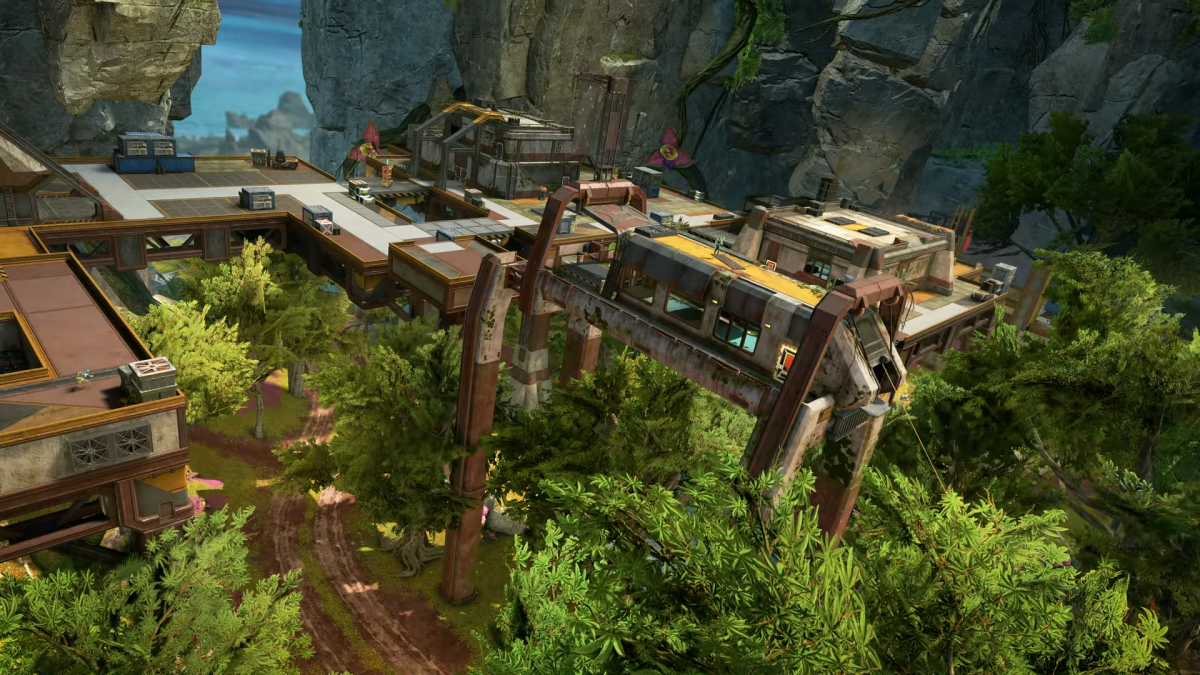

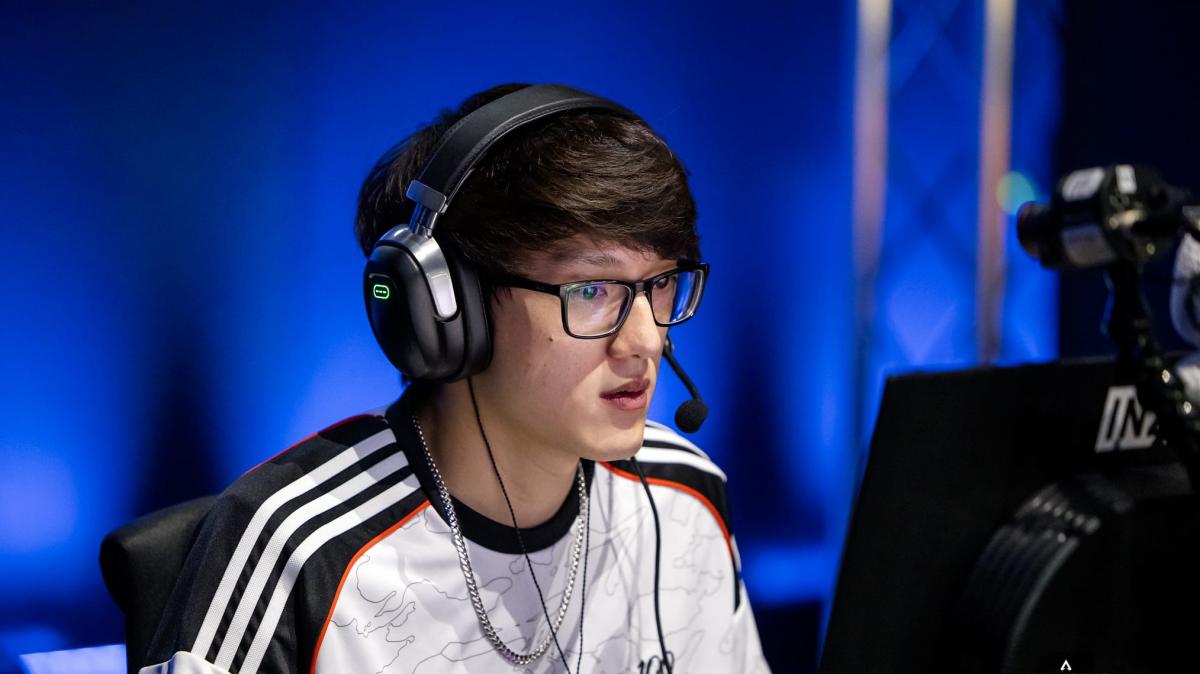
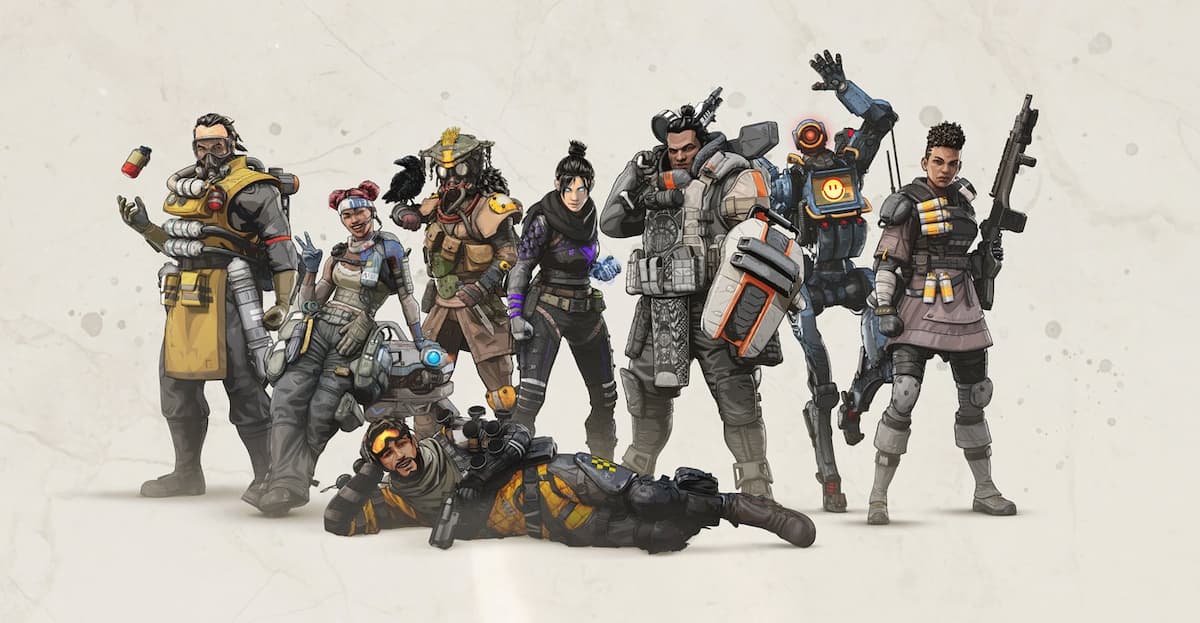
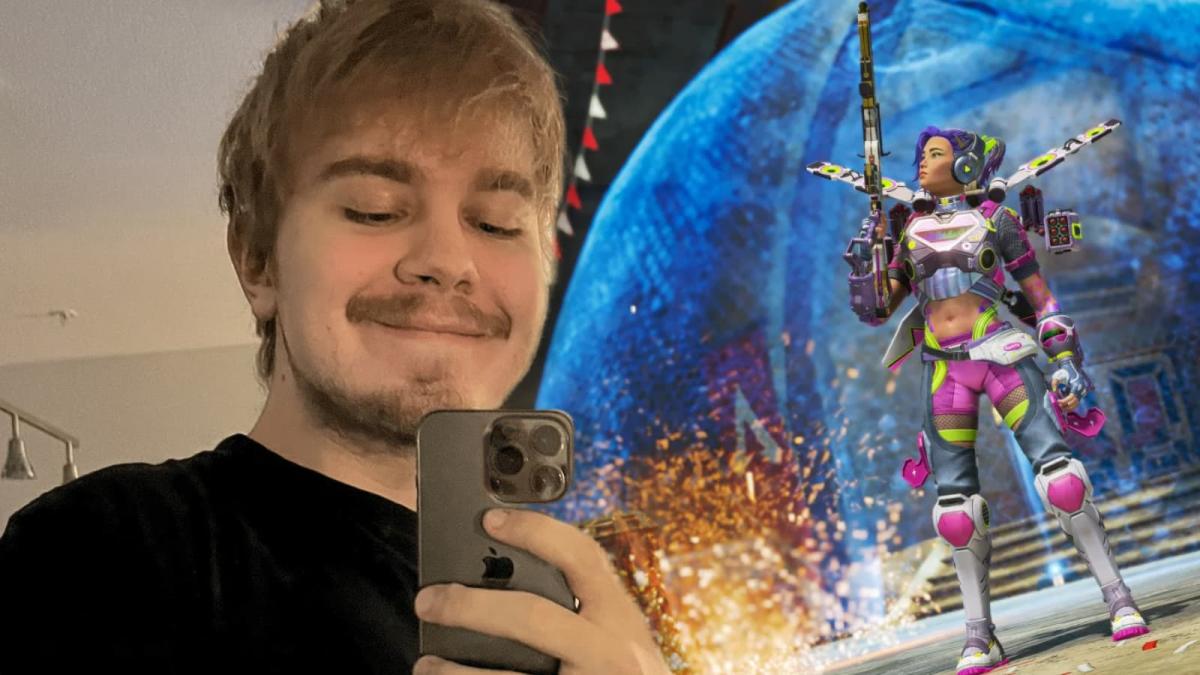
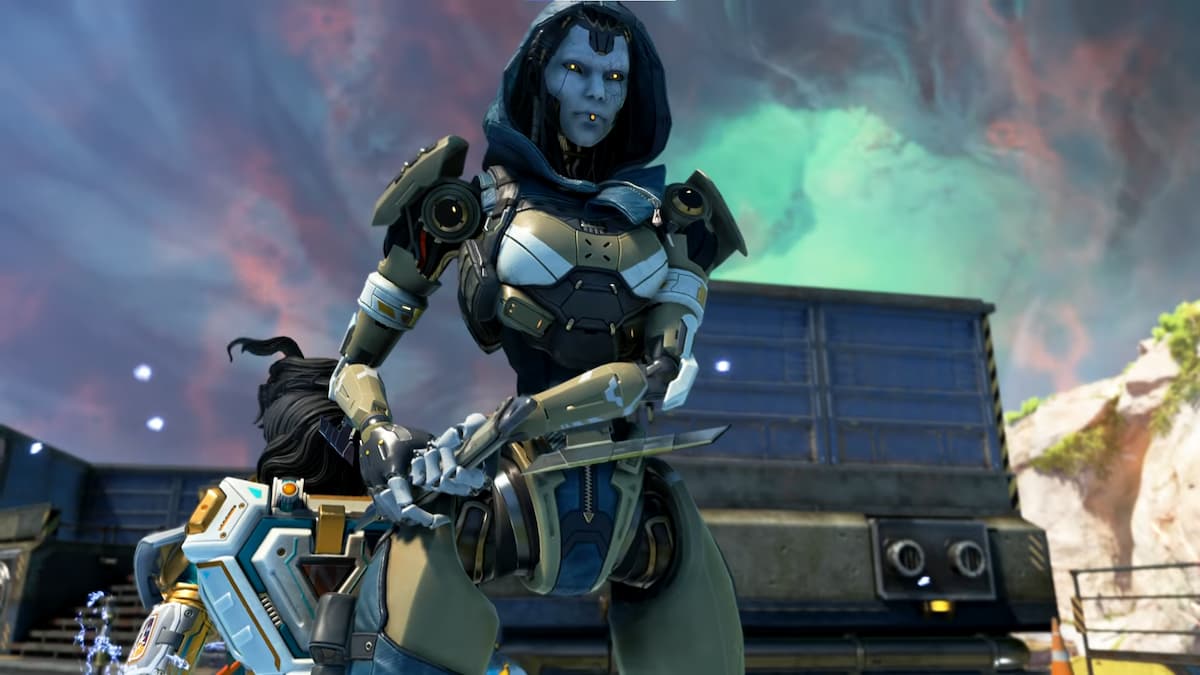
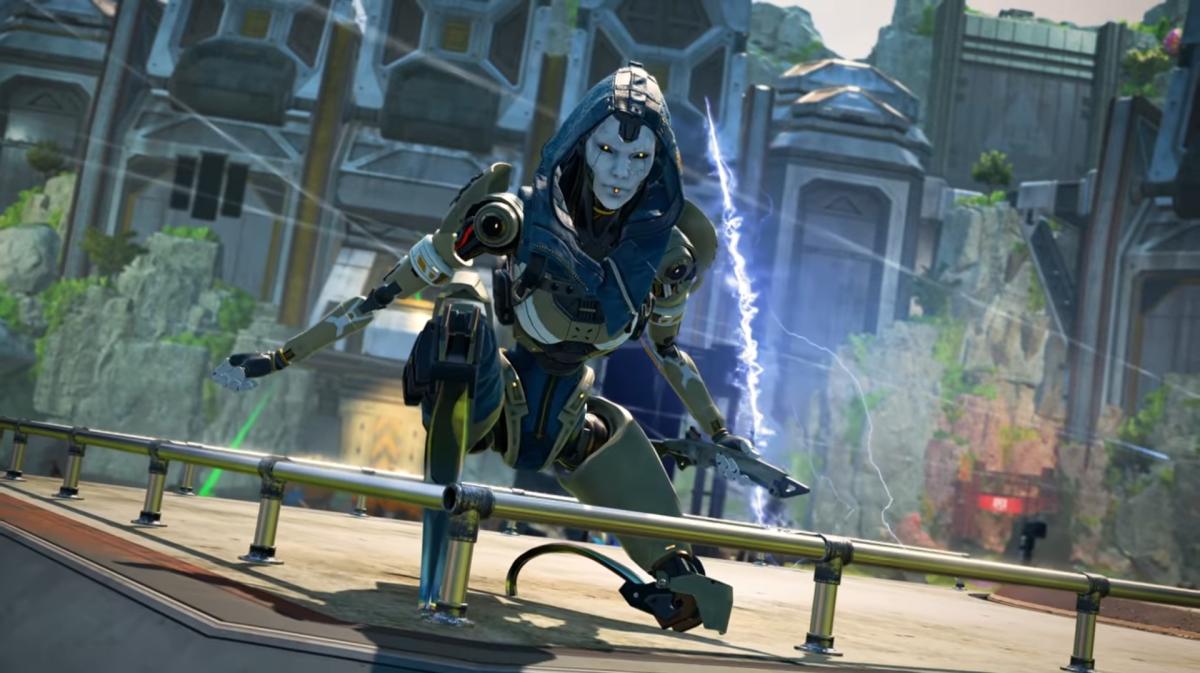
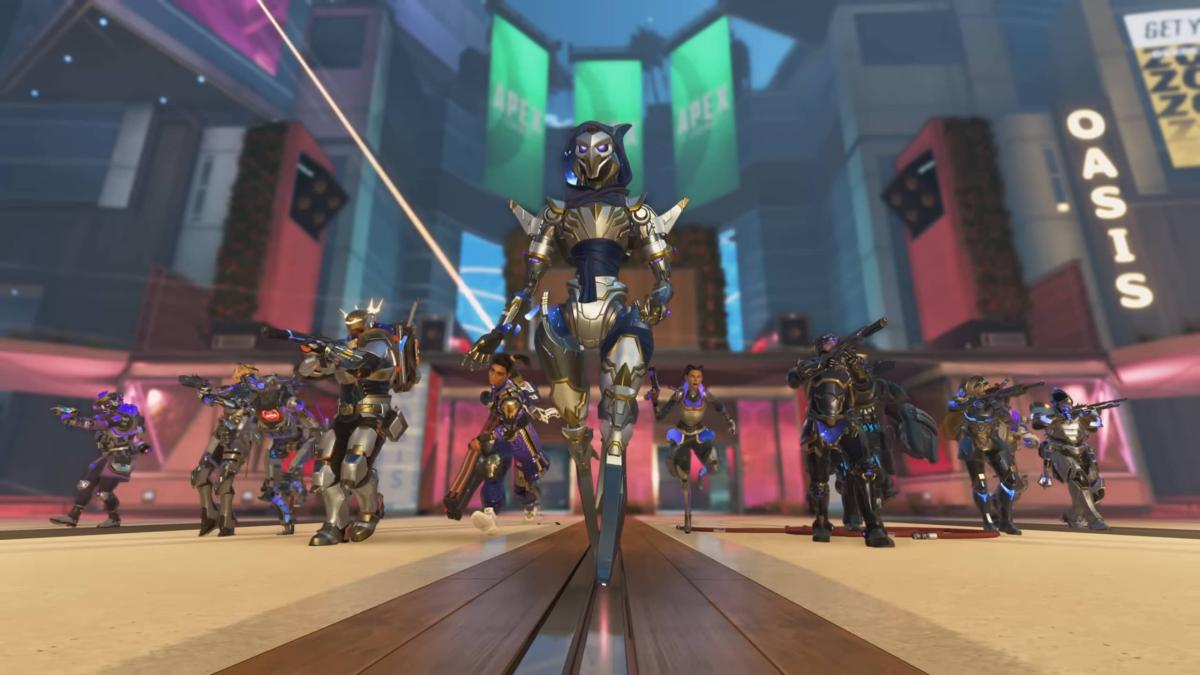
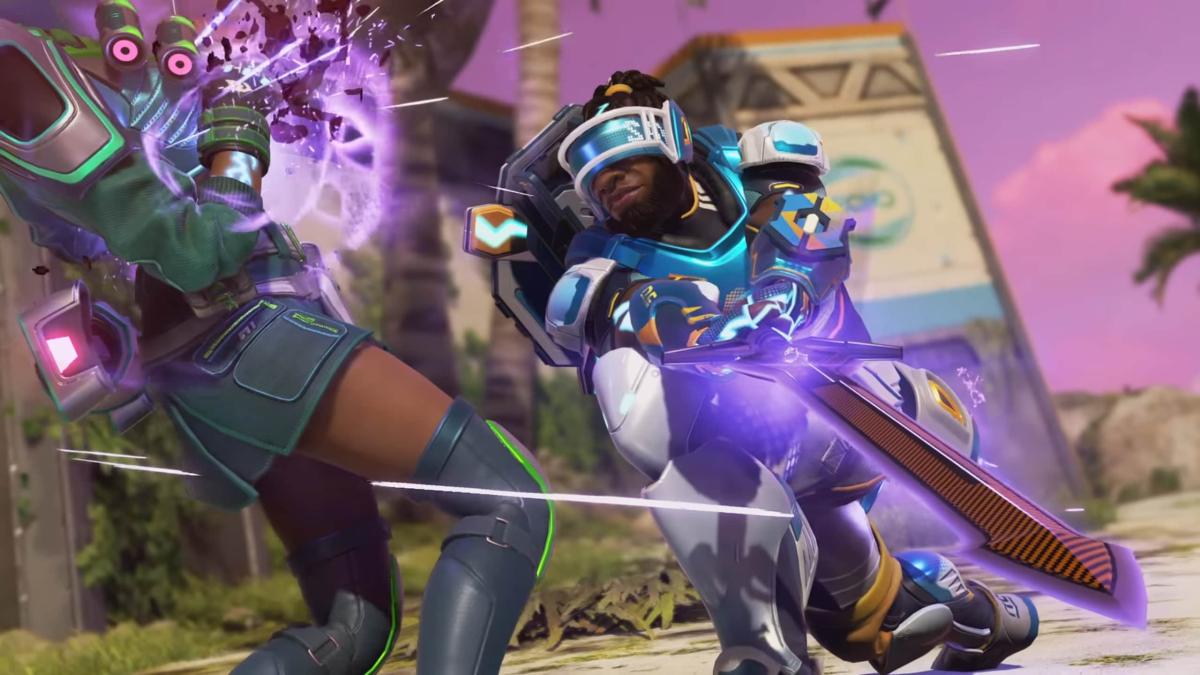

Published: Feb 23, 2022 11:14 am